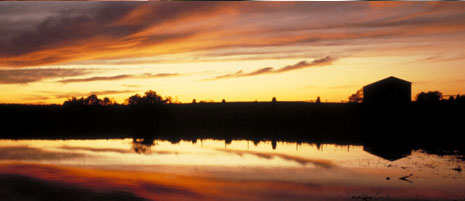Outdoor Photography
Outdoor photography is simply that - photography taken outdoors using natural daylight, or fabricated daylight, and photographs taken at night. Being outdoors for a photography shoot allows for a greater sense of freedom and beauty that is simply unattainable in a studio. Landscape photography is a big part of outdoor photography, as is sporting photography - and especially extreme sports.
Lighting is one of the biggest concerns in outdoor photography. Backlighting is especially helpful and can really make or break the picture in many cases. The use of a light meter is often necessary in outdoor photography, as is lens aperture adjustment, and shutter speed. Outdoor photographers often have to experiment with different photographic techniques to find the ones that best suit them and their unique style. The best advice an outdoor photography may give another is to use what comes naturally, and make it work on the film.
Depth of field is also an important aspect of outdoor photography. The photographer must maintain the F stop to keep the proper depth of field. Decreasing the F stop will cause images to blur. An appropriate distance between the camera and the subject, as well as a proper focus on the middle object will help the photographer maintain a good depth of field.
Another important element to good outdoor photography is a fill flash. The sun is difficult to manage, despite the fact that it is the best source of light. The fill flash helps to keep the photo from losing detail in the foreground, and prevents shadows that can potentially make the photo too dark, or contrast too heavily with the light parts of the photograph.

